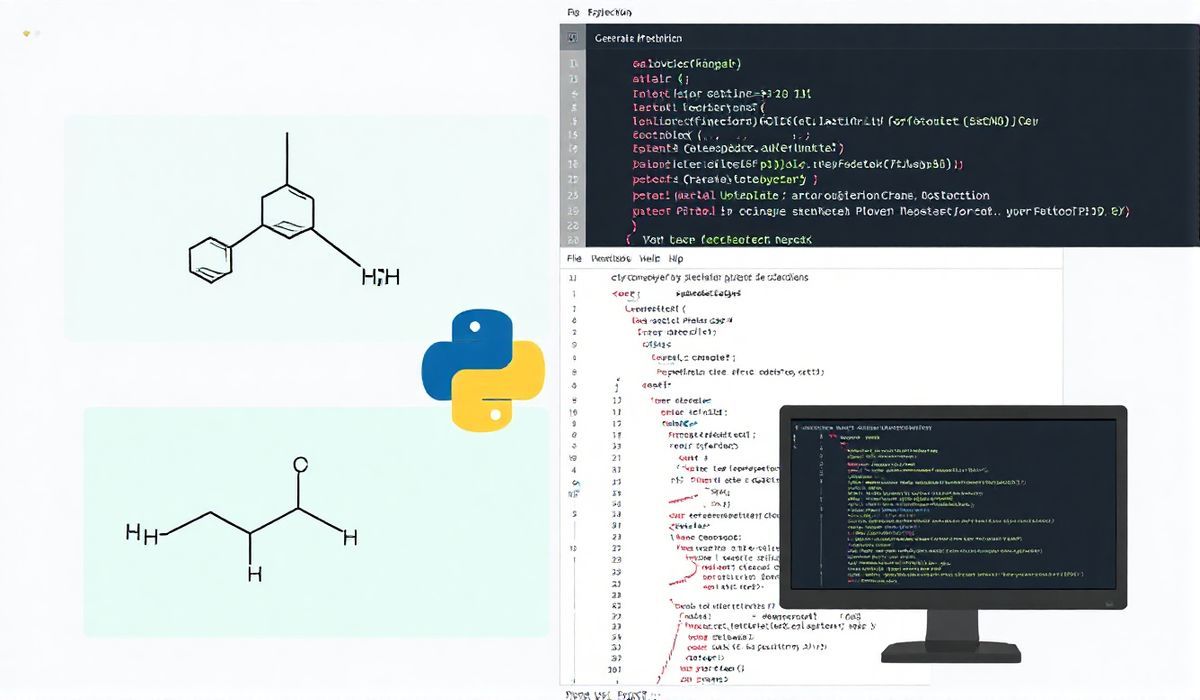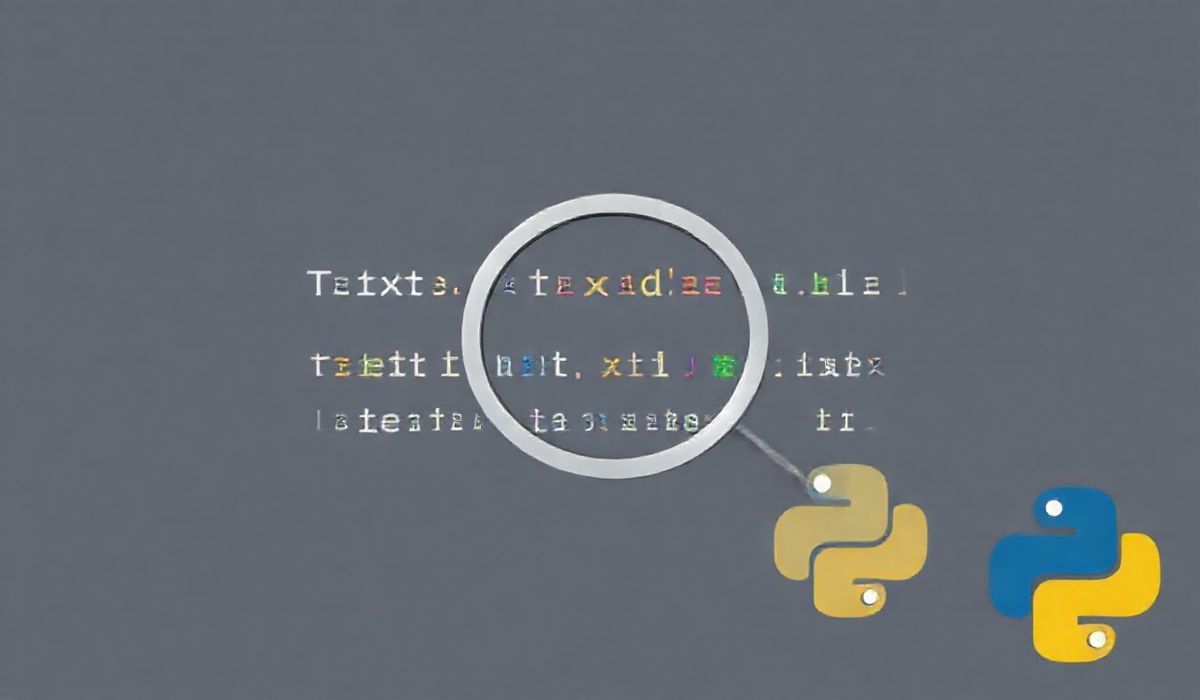Introduction to PySCF
PySCF is an extendable Python library for quantum chemistry simulations. It’s designed to be easy to use and offers a wide range of computational chemistry methods, providing a powerful platform for modeling complex chemical systems. Whether you are an academic researcher, a chemical engineer, or just a curious learner, PySCF has something to offer. Let’s dive into some of the most useful APIs this library provides.
Useful APIs with Code Snippets
1. Setting Up Molecule
from pyscf import gto
mol = gto.Mole() mol.atom = ''' O 0 0 0 H 0 -0.757 0.587 H 0 0.757 0.587 ''' mol.basis = 'sto-3g' mol.build()
2. Running Hartree-Fock Calculations
from pyscf import scf
mf = scf.RHF(mol) hf_energy = mf.kernel() print('Hartree-Fock Energy: ', hf_energy)
3. Density Functional Theory (DFT) Calculations
from pyscf import dft
mf = dft.RKS(mol) mf.xc = 'b3lyp' dft_energy = mf.kernel() print('DFT Energy: ', dft_energy)
4. Coupled-Cluster Calculations
from pyscf import cc
mycc = cc.CCSD(mf) cc_energy = mycc.kernel() print('CCSD Energy: ', cc_energy)
5. Geometry Optimization
from pyscf.geomopt import geomeTRIC
optimizer = geomeTRIC() optimizer.optimizer(mf)
6. Running a Complete Active Space SCF (CASSCF)
from pyscf import mcscf
mc = mcscf.CASSCF(mf, 6, 6) mc.casci()
Application Example: Electronic Structure Calculations for Water Molecule
Here, we provide a comprehensive example that combines several of the APIs discussed above to simulate the electronic structure of a water molecule (H2O) using PySCF.
from pyscf import gto, scf, dft, cc
# Create Molecule mol = gto.Mole() mol.atom = ''' O 0 0 0 H 0 -0.757 0.587 H 0 0.757 0.587 ''' mol.basis = 'ccpvdz' mol.build()
# Hartree-Fock Calculation mf = scf.RHF(mol) hf_energy = mf.kernel() print('Hartree-Fock Energy: ', hf_energy)
# DFT Calculation mf = dft.RKS(mol) mf.xc = 'pbe' dft_energy = mf.kernel() print('DFT Energy: ', dft_energy)
# Coupled-Cluster Calculation mycc = cc.CCSD(mf) cc_energy = mycc.kernel() print('CCSD Energy: ', cc_energy)
PySCF’s flexibility and ease of use make it a valuable tool for anyone working in the field of computational chemistry. Happy coding!
Hash: 28eb02cc3c3cafe50d08fd25d6e8b35749d3c6bdeb21be5100d1b9445636bbe3




